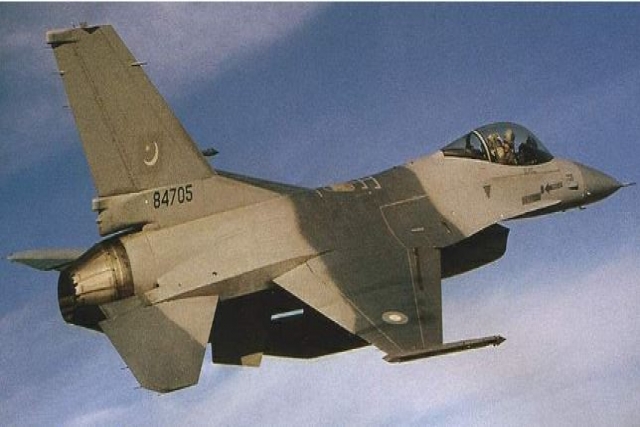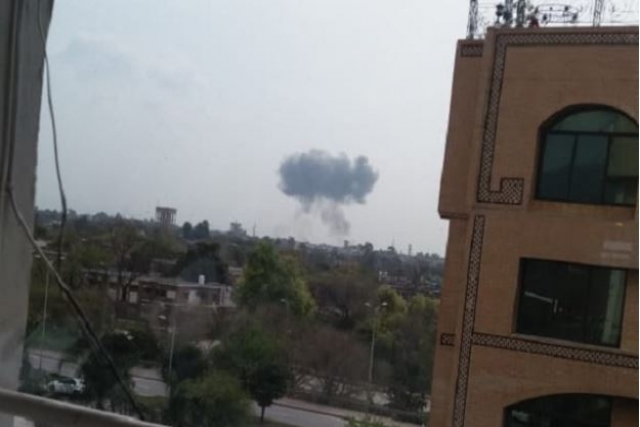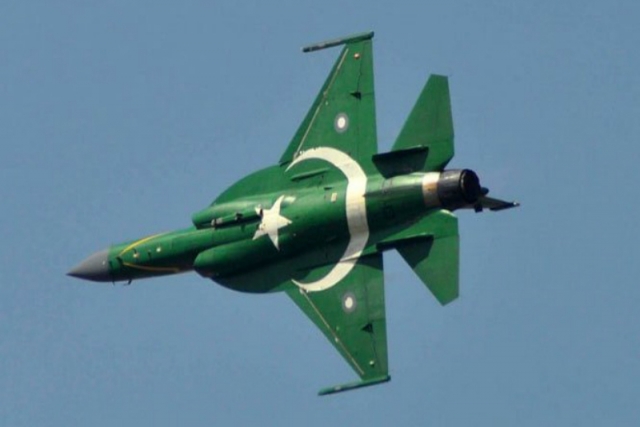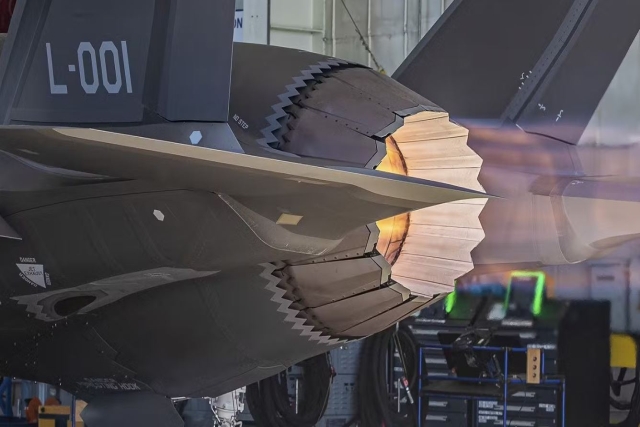First Pakistani F-16 Crash in 11 years Raises Questions about Maintenance

The Pakistani F-16 jet that crashed today is the first in 11 years and has come after the United States sold a $125 million technical support and end-use monitoring package to Pakistan in July 2019.
“Pakistan had requested a continuation of technical support services; US Government and contractor technical and logistics support services to assist in the oversight of operations in support of the Pakistan Peace Drive advanced F-16 program. This proposed sale will support the foreign policy and national security of the United States by protecting US technology through the continued presence of US personnel that provide 24/7 end-use monitoring,” a US Dod release had said last year.
The F-16s are generally considered ‘safe’ given the relatively low number of crashes compared to the total number of F-16s in operations- some 75 in Pakistan and over 4000 the world over.
Pakistan has lost 10 F-16 jets in crashes since 1982 when the first F-16s were inducted. In comparison its Chinese origin and locally assembled JF-17 fighter jets have had 2 crashes out of 120 jets in the last 10 years.
Today’s crash took place during rehearsals for the Pakistan Day military parade over the capital of Islamabad with the loss of the pilot, Wing Commander Noman Akram. According to Pakistani Air Force (PAF), he is considered an ace pilot having flown the PAF chief, Air Chief Marshal Mujahid Anwar Khan earlier in a twin-seater F-16.
Reports have been appearing in the Pakistani media from time to time over the serviceability of the F-16s due to political differences between Islamabad and Washington.
In addition to its US-sourced F-16s, Islamabad has received some of these jets from Jordan. It is unclear how many out of the confirmed 13 Jordanian jets have already been delivered.
In addition to today’s F-16 crash, it has so far lost two trainer aircraft and an ageing Mirage jet so far in 2020.
The most modern F-16s with the PAF are the F-16 C/D Block 52 aircraft delivered in 2009-10.











